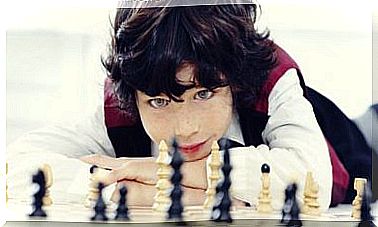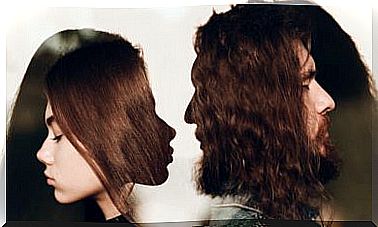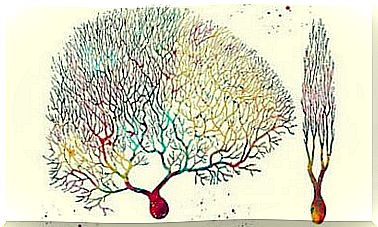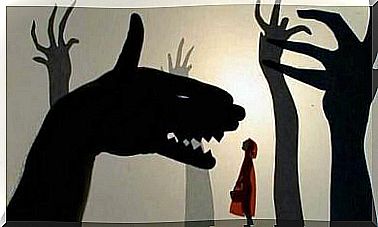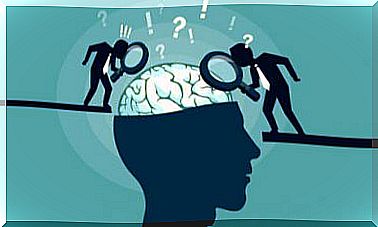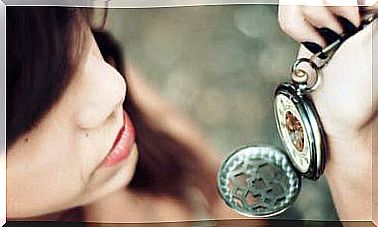Virtual Reality Allows A Mother To See Her Deceased Daughter
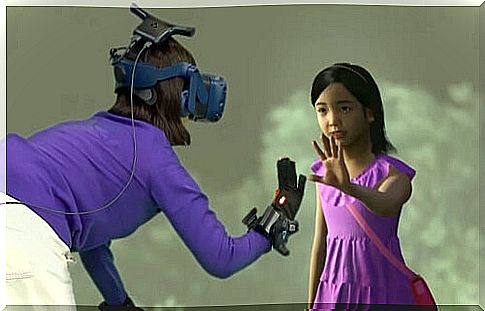
Daphne du Maurier used to say that death should be like farewell on the platform of a train. It should give us a moment to say goodbye, a long hug, close unfinished business, and even be able to wish the loved one a “good trip.” However, as we well know, no loss allows us something like this and perhaps, for this reason, virtual reality is now looking for that hidden hole.
We saw it just a few days ago. Half the world held its breath as it witnessed images as striking as they were controversial. A mother, who had unexpectedly lost her seven-year-old daughter to an autoimmune disease, was reunited with her through this technology.
Obviously, the girl was nothing more than a 3D creation. A beautiful figure with a happy face and movements identical to the little deceased, who was waiting for her mother in a garden, ready to celebrate her birthday. Emotion, revulsion, contradiction, fascination, hope and even terror. It is difficult to describe all that amalgam of emotions and sensations that these images generate when we see them.
What the Korean television network was trying to do was more than just an attempt to impress the audience. Those responsible for this careful creation defined it as a psychological experiment. As an attempt to open a new strategy to deal with grief over a loss. However, it is inevitable to ask ourselves if something like this is ethical and, above all, if it is really therapeutic.
Let’s analyze this news a little more.
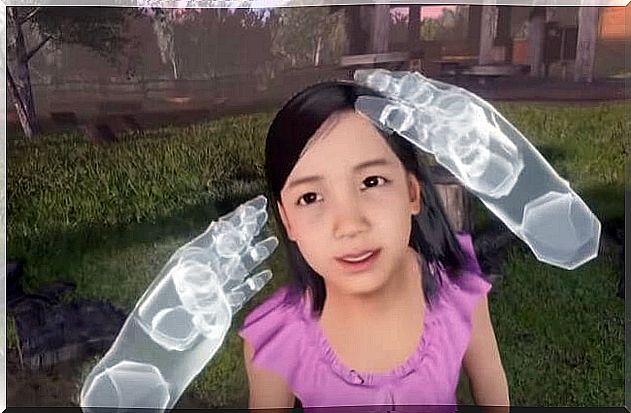
Virtual encounter with a deceased daughter
The Korean television company Munhwa Broadcasting Corporation (MBC) worked for several months to “bring” Nayeon to life. They analyzed photographs and videos of the little girl, recreated her movements and even her voice with the help of other models of the same age … The digital universe offers a thousand possibilities and this Korean team used them all for a very specific purpose: to bring closer those who are no longer there. to those suffering the emptiness of a traumatic loss.
The team itself knew that with this project they were crossing an ethical, philosophical and even psychological line. However, this was a debate that should be brought to the table and what better way than through the real pain of a family. Thus, something that undoubtedly catches our attention when we see Jang Ji-sung, the mother of little Nayeon, is the necklace that she wears around her neck. In it he keeps the ashes of his daughter.
This fact does not prevent you from hesitating for a second to put on the virtual reality case. Nor, in that her most obvious need is to try to caress the face of that girl who takes her for a walk through a garden, who invites her to her birthday and who starts a conversation with her. A virtual creature that, like a ghost, attracts her to that underworld of emotions and memories.
The virtual Nayeon, that avatar designed by a computer answers questions, plays, laughs and finally goes to sleep symbolizing that calm, almost placid goodbye, with which to say goodbye to her mother. Also of that father and those sisters who also visualize the scene.
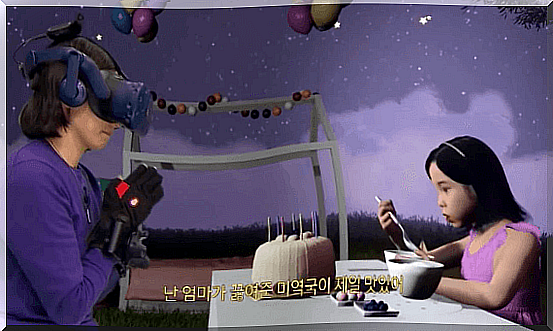
Virtual reality and its therapeutic uses
Virtual reality is currently a resource with great potential in clinical practice. Its main advantage is in placing the patient in real controlled situations to be able to recreate sensitive or problematic situations. In this way, conditions as common as phobias or anxiety disorders become realities that can be treated in a very small number of sessions.
Both virtual reality and augmented reality help us create highly realistic three-dimensional environments where we can work from immersion, habituation, relaxation, reducing anxiety responses, etc.
Now … does this mean that we can also make use of virtual reality to work on sensitive aspects such as grief? This is a highly controversial topic where experts, on average, don’t see a particularly clear utility.
Increased perception of reality can increase pain
Jang Ji-sung unexpectedly lost his daughter Nayeon in 2016. Let’s think for a moment, what it can mean for that mother to make contact four years later with that very real image of her child. This virtual creation also communicates and focuses its sentences on very sensitive topics: it insists on telling Jang that he no longer feels pain and asks him if he has missed her.
In this case, virtual reality is not therapeutic, what it actually achieves is to intensify the pain. It is to recall not a real girl, but a ghost that suddenly opens the box of memories and emotions. Also, the gloves that Jang Ji-sung is wearing create a real sense of touch, of having the awareness of touching his daughter.
The duel doesn’t really follow that code. A mourning for a loss is to accept that we will no longer see the loved one, that we will not hear his voice or feel his closeness, his presence, the touch of his skin. Assuming these kinds of realities is undoubtedly the first step.
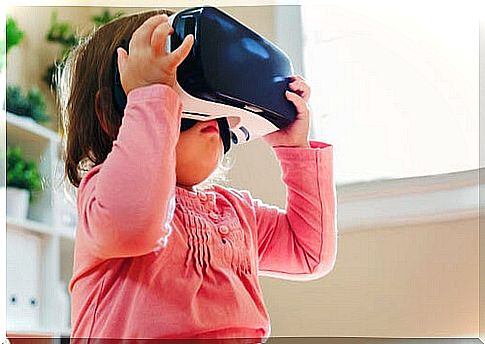
«Continuing bonds» the new therapeutic proposal
Despite the controversy generated by this fact, there are many voices that already point to the possibility that virtual reality is another strategy to help people deal with duels. This approach is based on what is known as “ continuing bonds ”, that is, maintaining the bond with the deceased person through the virtual universe.
The idea would be to generate dialogues, meetings and contacts so that the person can have those pending conversations and thus be able to say goodbye little by little. The goal is not to create a pathological dependency on a virtual ghost, but rather to help the patient let go.
At the moment it is just a proposal that, for many, can either intensify the trauma or, on the contrary, favor the grieving process. After all, each person has their needs, their characteristics and unique nuances. Be that as it may, virtual reality is very effective in other fields such as anxiety or even eating disorders.
We will be awaiting its possible application in other areas …
